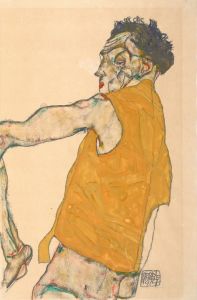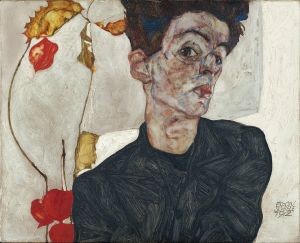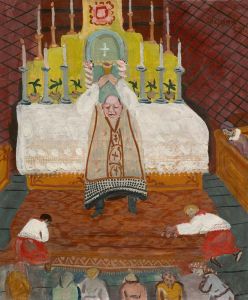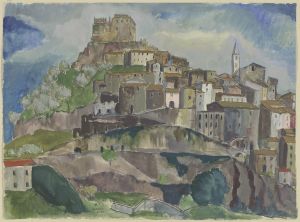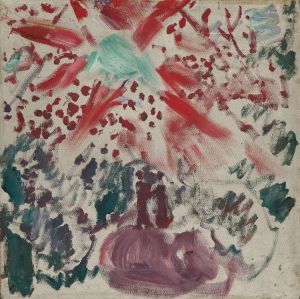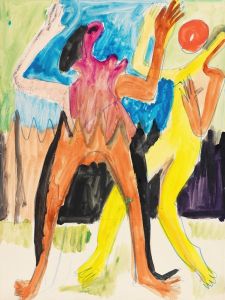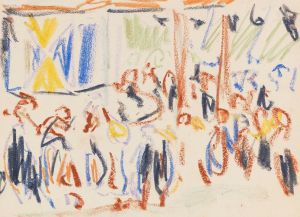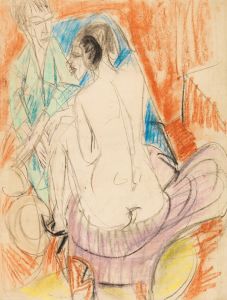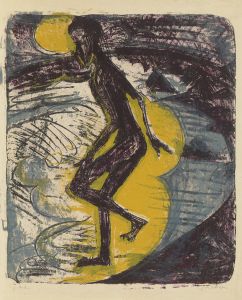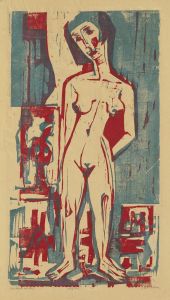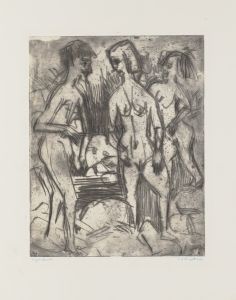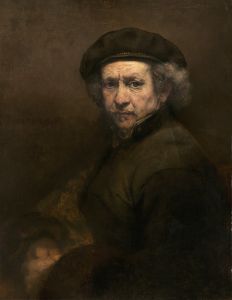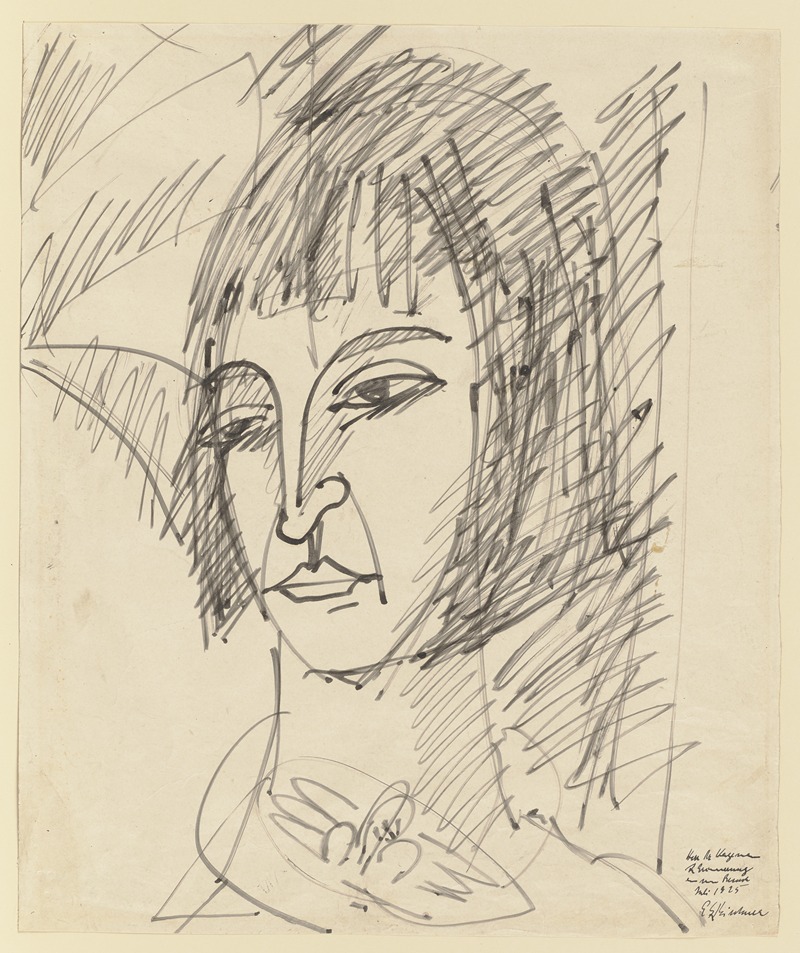
Portrait of Erna
A hand-painted replica of Ernst Ludwig Kirchner’s masterpiece Portrait of Erna, meticulously crafted by professional artists to capture the true essence of the original. Each piece is created with museum-quality canvas and rare mineral pigments, carefully painted by experienced artists with delicate brushstrokes and rich, layered colors to perfectly recreate the texture of the original artwork. Unlike machine-printed reproductions, this hand-painted version brings the painting to life, infused with the artist’s emotions and skill in every stroke. Whether for personal collection or home decoration, it instantly elevates the artistic atmosphere of any space.
Ernst Ludwig Kirchner's Portrait of Erna is a painting created by the German Expressionist artist, who was a founding member of the influential art movement Die Brücke (The Bridge). Kirchner, known for his bold use of color and dynamic compositions, played a pivotal role in shaping early 20th-century modern art. This portrait depicts Erna Schilling, Kirchner's long-time partner and muse, who appeared in many of his works.
Erna Schilling was a dancer and an important figure in Kirchner's life, both personally and artistically. She became a central subject in his paintings, drawings, and prints, often embodying the themes of vitality and modernity that were central to his artistic vision. In Portrait of Erna, Kirchner captures her with his characteristic expressive style, emphasizing emotional resonance over realistic representation. The painting reflects the artist's interest in the psychological depth of his subjects, as well as his innovative approach to form and color.
Kirchner's work, including Portrait of Erna, is marked by the influence of non-Western art, particularly African and Oceanic art, which he admired for its perceived authenticity and raw emotional power. This influence is evident in the simplified forms and bold lines of the portrait. The painting also demonstrates Kirchner's engagement with the urban experience of early 20th-century Europe, as he sought to convey the energy and complexity of modern life.
The exact date of Portrait of Erna is not always specified in available sources, but it is likely to have been created during the period when Kirchner and Erna lived together in Berlin or later in Davos, Switzerland, where the artist moved in 1917 to recover from the physical and psychological effects of World War I. During this time, Erna remained a steadfast companion and a source of inspiration for Kirchner, even as his style evolved.
Today, Portrait of Erna is recognized as an important example of Kirchner's portraiture and his ability to convey the inner life of his subjects through his distinctive artistic language. The painting is held in a private collection or museum, though its current location and exhibition history may vary depending on the specific version of the portrait, as Kirchner often revisited the same subjects in multiple works.
This artwork exemplifies Kirchner's contribution to the Expressionist movement and his enduring legacy as one of the most significant artists of his time.





